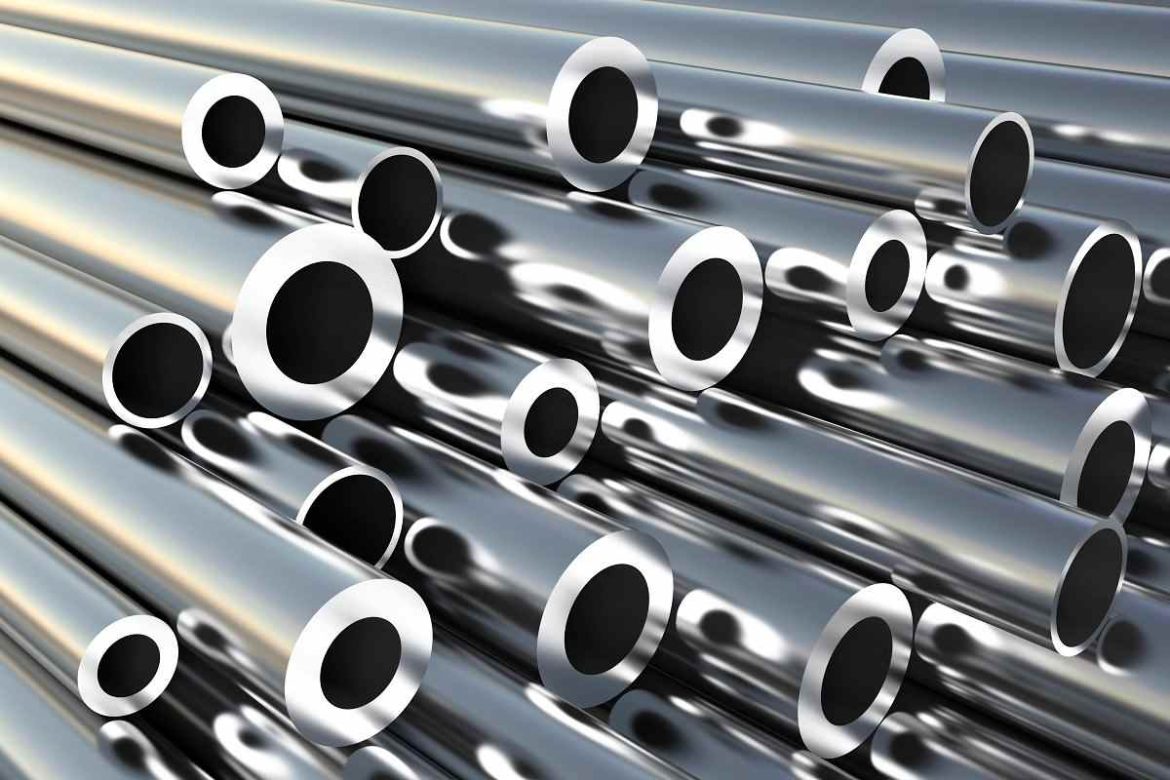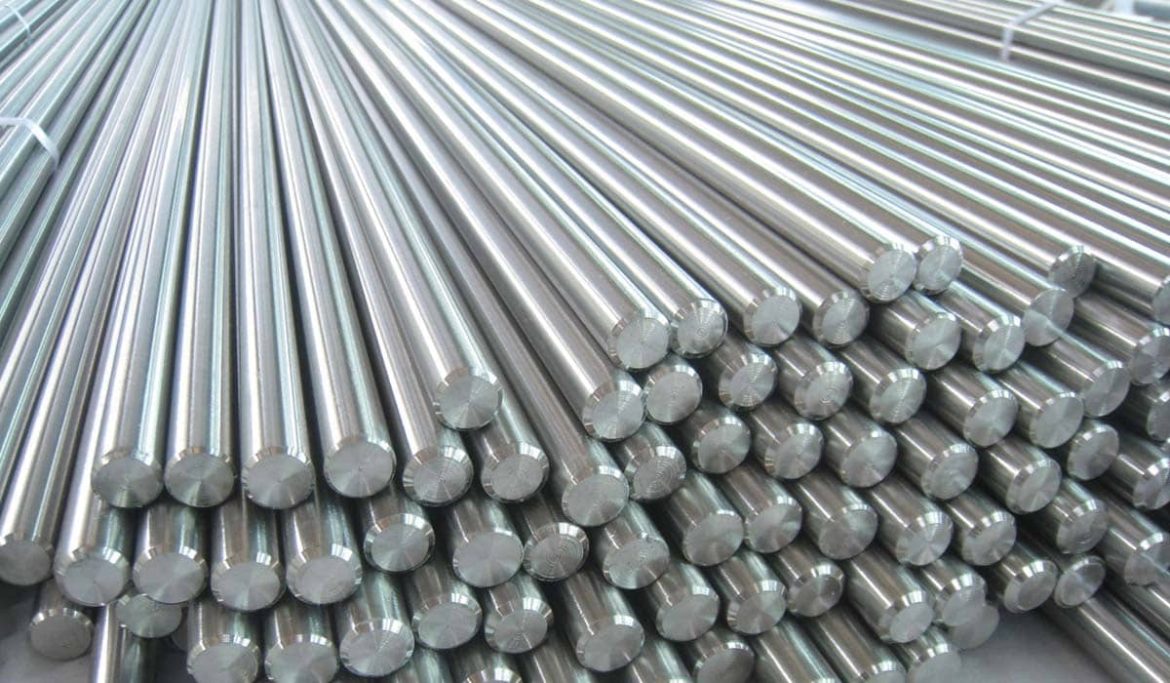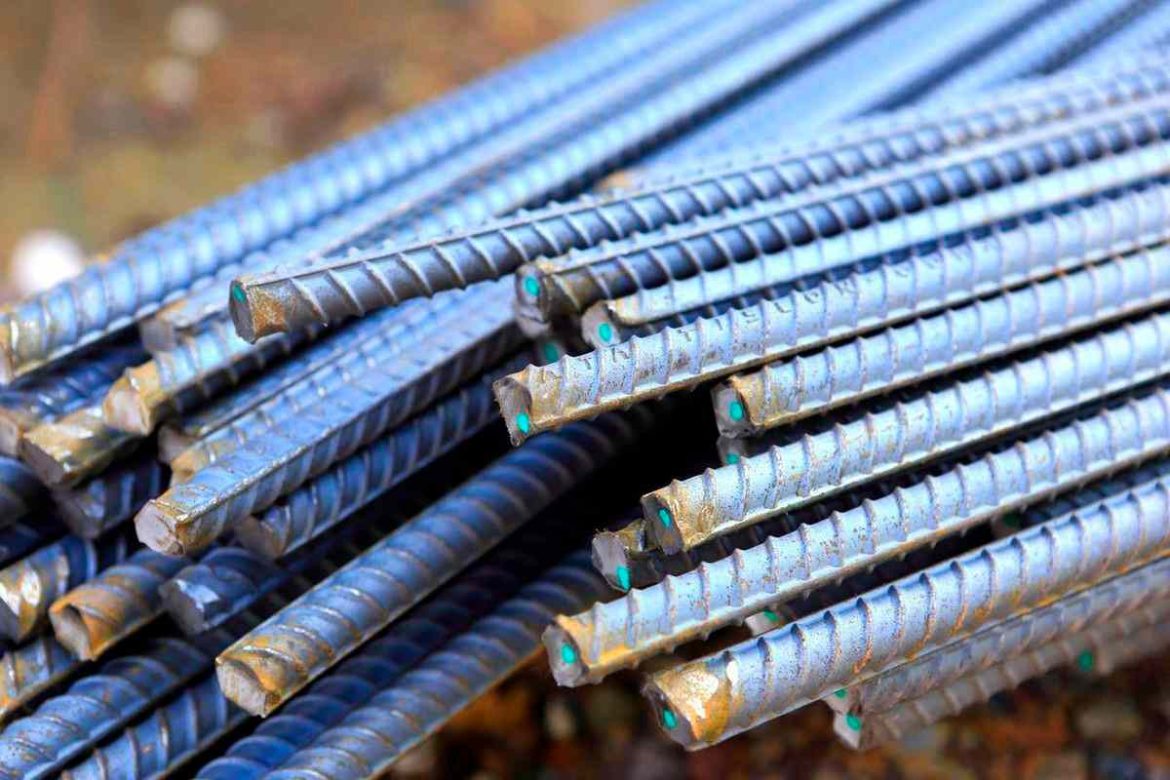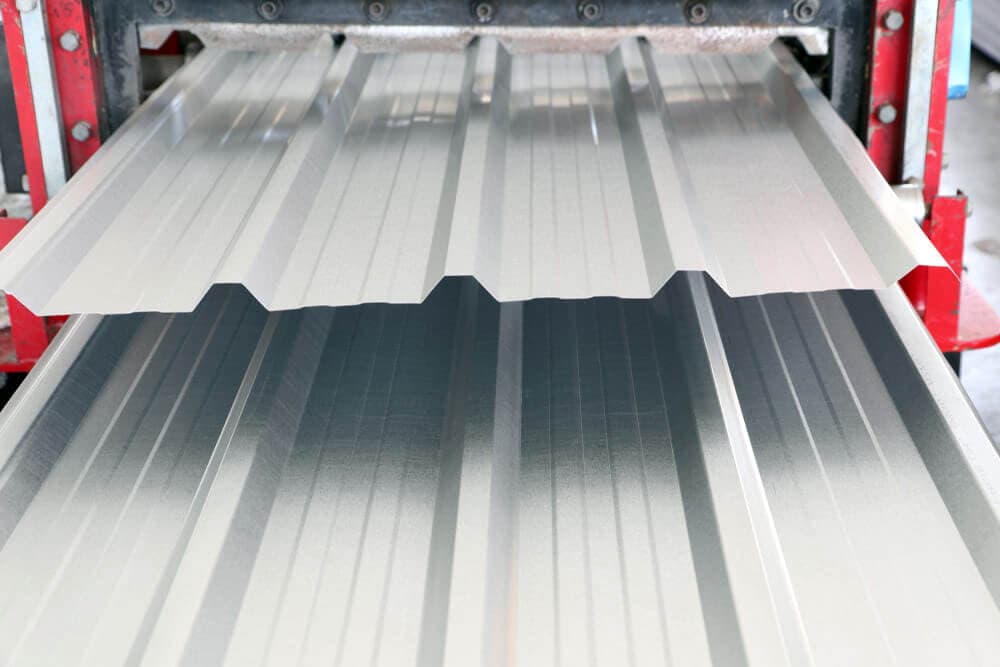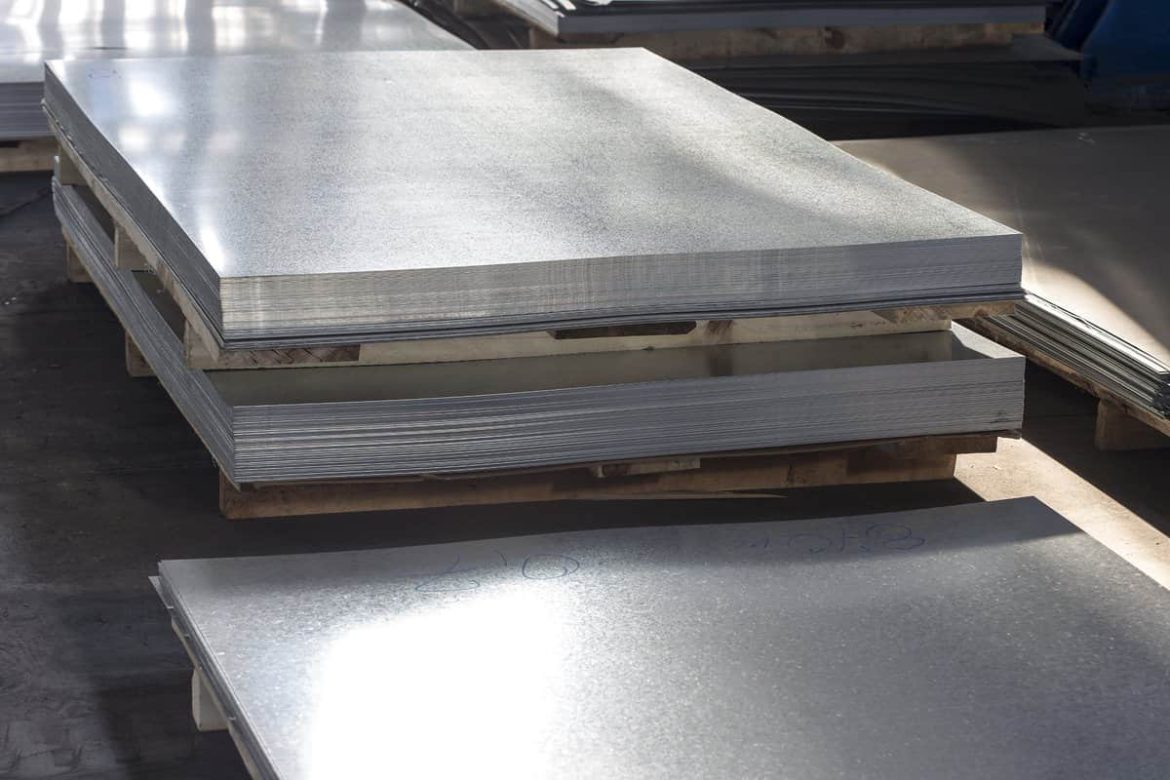Buy The Latest Types of Beam Steel At a Reasonable Price
The beams are products in the H-beam series, the manufacturing process is the hot rolling process
The price of these products is calculated per kg or ton based on your quantity purchase
It can also be said that the production of rebar and various steel bars, bolts, and angle steel is done by hot rolling, which is one of the most common metal forming methods, and therefore the method of manufacturing metal products is almost the same
Beams are produced in a hot rolling process
The production method of metal products is almost the same
In rolling, the metal is set at a high temperature and passed through different rollers so that beams are formed due to the pressure of the rollers
In the most common type of beam production, raw steel is reheated in a furnace and rolled in a mill into very narrow shapes

Finally, the end product of the beam is reduced by the edges and the thickness of the fins in the body
The width of the roll and the edge is measured with a horizontal roll to complete the process
Likewise, the dimensions inside the beam are inevitably fixed
When manufacturing products with internal height and fin width, cross rolling should be changed to piping
In the production process of the beam, the beam is bent during the stretching process due to the influence of the internal stress and the temperature difference in the part caused by the temperature transfer change during the rolling process
According to the needs of today’s construction, the engineers considered the process of producing products in different widths
At this stage, fins of different heights and widths are obtained by placing products of different widths and desired fins in the rolling process
Considering technology and temperature control, we can also consider producing this product, and rolling the product into thick or customized shapes
Other products using this process, such as sheets, can be measured and produced as needed using the rolling process
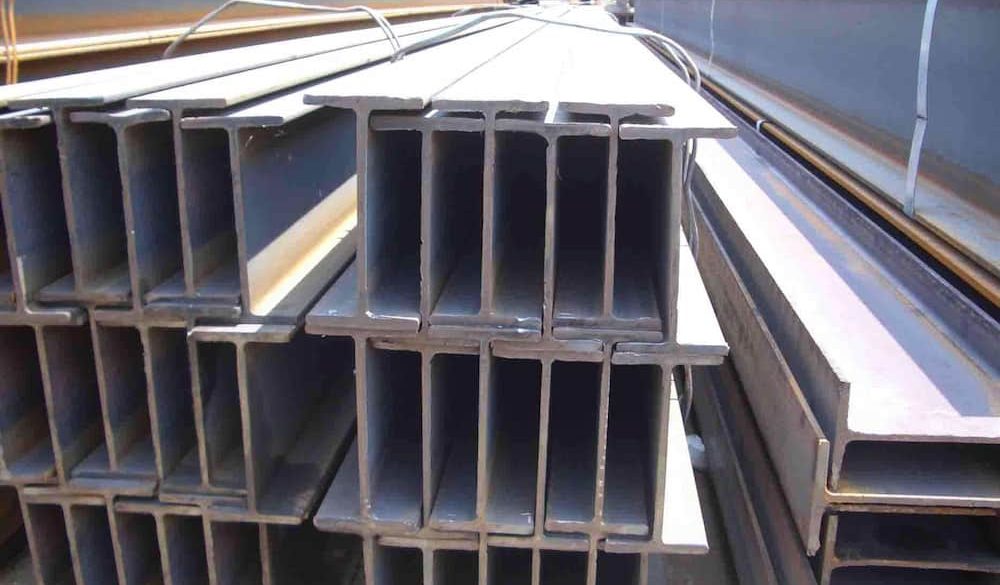
Steel H beam manufacturing process
The production of iron beams is done by different methods
At first glance, the method of doing it looks simple, but it is not
The use of high-quality beams in a structure is considered one of the most important things in building construction
The quality and price of beams is directly related to their production methods
If you work in the steel industry, you probably only know that hot rolling is a method of manufacturing steel beams
But there are other ways to do it
Steel beams are produced by hot rolling and cold rolling in 4 ways: rolling, extrusion, welding or riveting
The explanations for these points are: Rolled and extruded steel beams Rolled steel beams are made of flexible metal through large rollers to form the desired shape and smoothness
Beams can be hot-rolled or cold-rolled
In the manufacture of hot-rolled beams, a metal is used that is heated above the recrystallization point (above 1000 degrees Celsius, the metal is very ductile) and then rolled
Cold-rolled beams are made from unheated metal
Meanwhile, rebar can also be made by extrusion, where metal is forced through a die and can be hot or cold
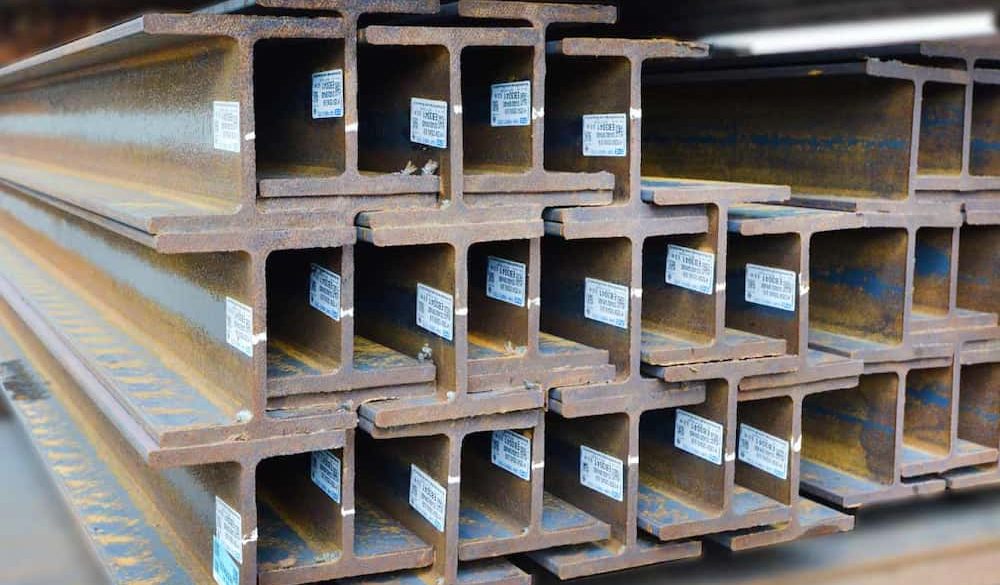
Welding and riveting of iron beams During this welding process, metal sheets are cut to the required specifications and then joined together using industrial welding tools
The beams can also be done with rivets
For riveting, the sheet metal is cut and holes are punched in the metal parts
These parts are assembled by rivets to beams
You may think that the production of steel beams is an easy process, but according to the experience of manufacturing steel beams, it is very difficult, because the distance between the production of low-quality steel beams and the basic affordable steel beams is very small, which ensures the beam quality is a very difficult task
Hot rolling is commonly used to make H Beams
In this method, ingots are melted in special furnaces and the material is then subjected to a rolling step
During this process, rotating rollers are used to reduce the cross-section of the steel plate
The blooming of the steel takes place in a hot rolling mill
Blooms, ingots, and billets are processed into various products such as sheets, plates, strips, coils, billets, beams, rails, bars, etc
After the rolling stage, the material is produced in beam form and cut as required
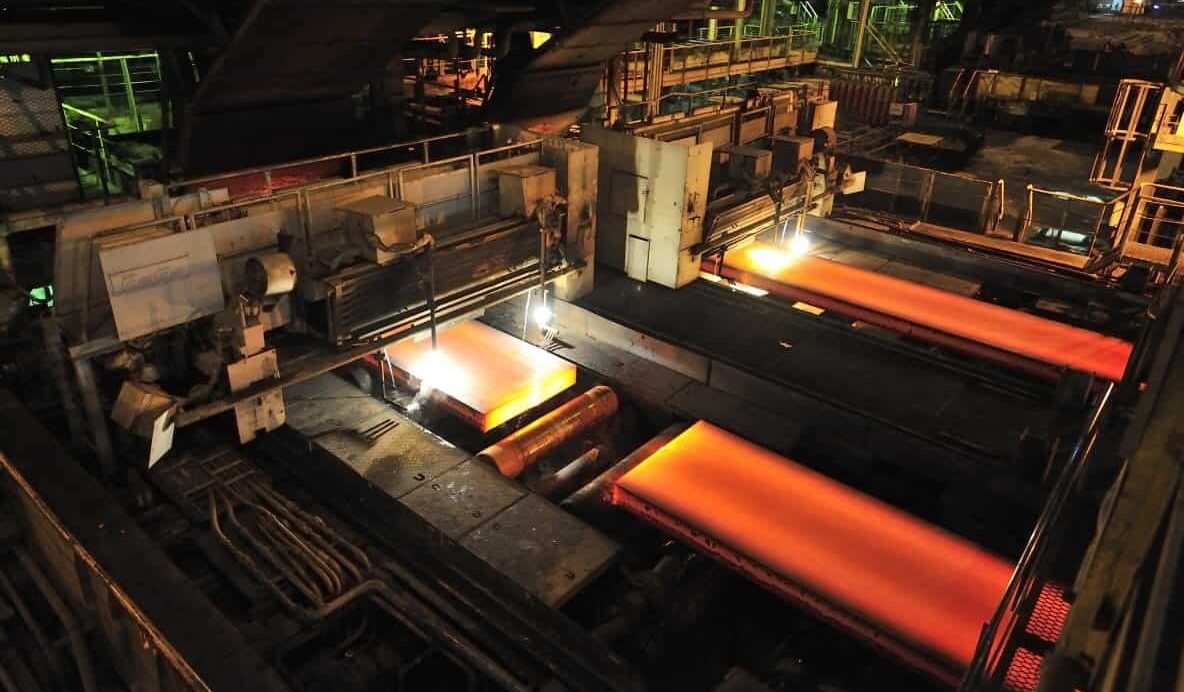
steel H beam price per kg
The process of making H Beam has a big role in the price of steel products per kg or ton
There are some pros and cons of using beams
The advantages of using iron beams Beams are industrially manufactured factory prefabricated and the possibility of manufacturing defects is close to zero
On the other hand, buildings with a metal framework are much faster because the parts are already ready
It is important to note that it is much easier to use beams in tall buildings
Another important advantage of beams that can be mentioned is the possibility of development in the next phase
The next point is that iron profiles take up less space than the sections of concrete structures, so they have greater economic advantages
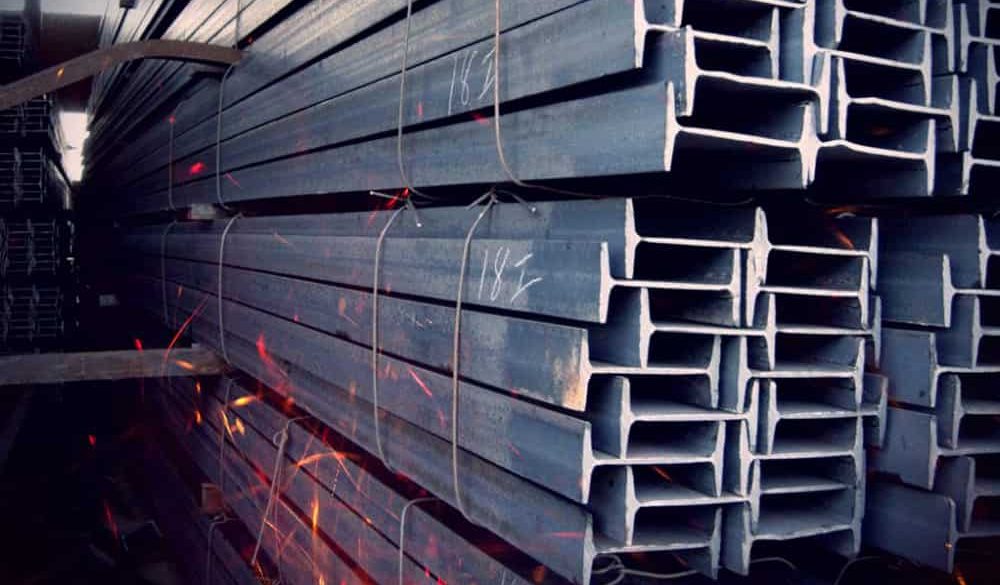
Disadvantages of using iron beams One of the main disadvantages that can be mentioned with iron beams is the lack of corrosion resistance
We know that metals react by themselves when exposed to stimuli and atmospheric conditions, and iron beams are also a metal and have the potential to corrode if exposed to adverse atmospheric conditions
Therefore, you should consider the cost of protection and maintenance when buying a beam
Another weakness of the beam is that it bends easily
This is due to the metallic properties of the iron beams
Another problem is the lack of sufficient control over the connections between parts
Metal connections are usually made using bolts and nuts; it is also done this way in Iran, but it sometimes happens that the connection is made by welding

Most frequent used beams There are different types of beams
They are very different in appearance, mechanical properties, and type of application
In this section, we intend to introduce you to the most widespread types of steel beams in construction
IPE steel beam IPE iron beams, which are ordinary beams, are very similar to the English letter I
The production of this type of beam is based on European standards, and its wings have a constant thickness
The use of IPE profiles is very common in Iran
INP beam Beams of this type are manufactured according to Chinese and Russian standards
The difference between an INP jet and an IPE jet is the thickness of its wings
This layout is similar to the English letter I
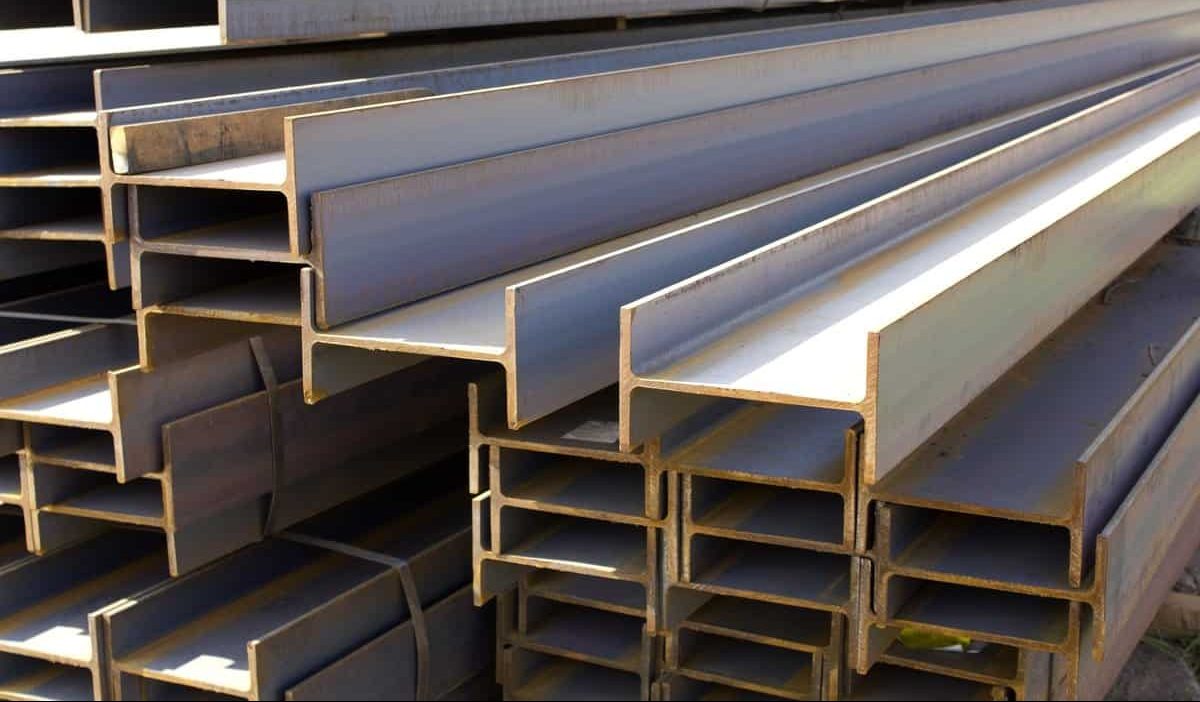
H beam manufacturing process
Before discussing the manufacturing process of H Beam, we better get to know the differences between different products related to this product in the market
The main difference between beams and joists is the type of connection and its use
The far beam or far beam is a beam connected to the column in a simple or offset manner
Its function is to transfer the load from the secondary beam or beam to the column
Opposite the beam is the horizontal beam
Loads are transferred to the main beams and are not directly connected to the columns
Beams, including beams and main girders, are structural components that are subjected to loads perpendicular to their axis, as a result of the introduction of these loads at various stages of shear and bending moments, including all loads
Static load, which includes the weight of the beam itself
In other words, the beam is the primary load-bearing element of the roof, the basic and main horizontal support of the structure that supports the beam and bears the weight of the beam and various building parts, the beam is the horizontal part used in construction, and it is used and is supported by main beam
In fact, all beams are considered a type of beam, but beams are not considered girders or girders
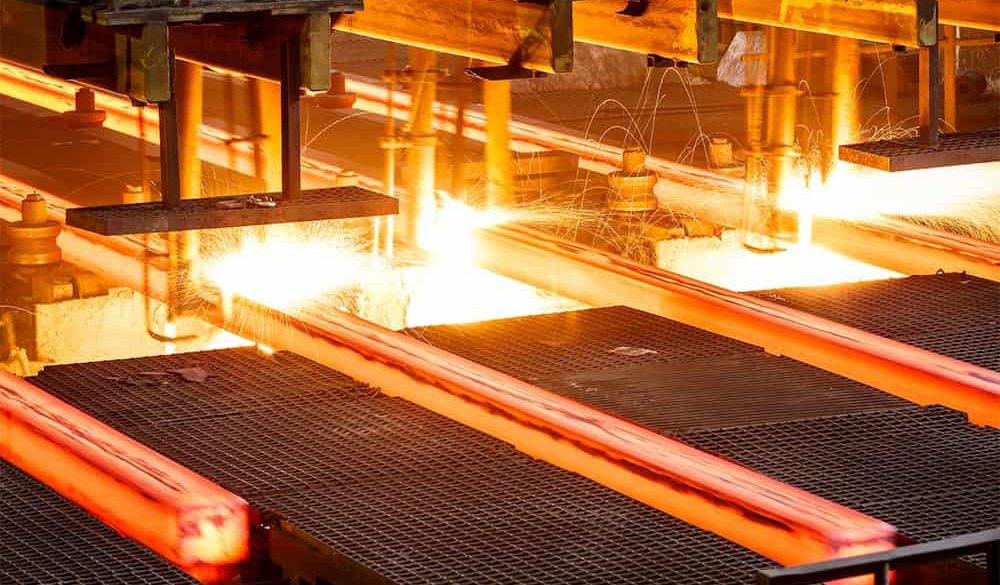
beam vs joist 1- Beam size In general, you can say that beams are larger in size than beams, however, the size alone is not decisive for the difference between them, in some cases the way the beam is used determines the difference
Space the joists apart
In this way, if a beam of the same size is used as the main support in a horizontal position, it is called the main beam or main beam, but if it is used as small support in a structure, it is called a joist
2- Use beams and joists The applications of beams and joists are almost similar in that they both resist bending forces
The difference is that the main beam is the main horizontal support of the structure that supports the beam, and they are used in different shapes, such as the beam shape is I or other shapes, such as Z
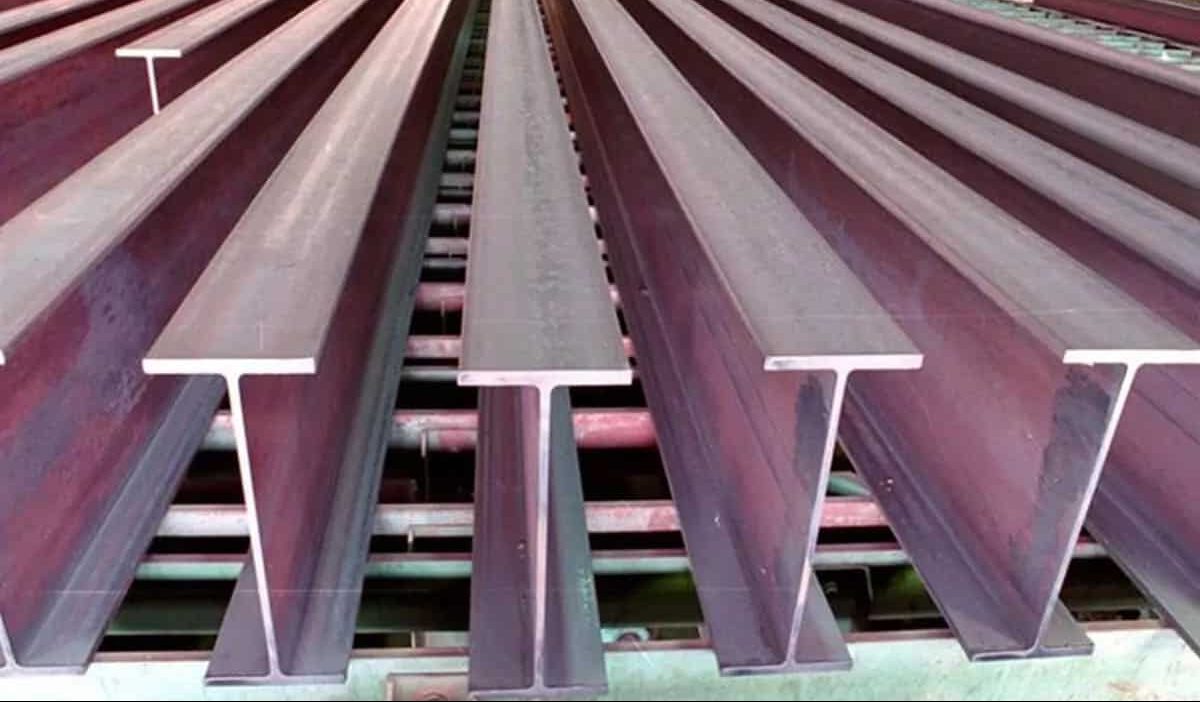
3- Beam and beam bearing types Another important difference between beams and girders is that main beams are subjected to time-varying dynamic loads, which increases the importance of using main beams or girders in the construction industry
The beams can also withstand static loads that are constant over time
The properties and structure of the beams mean that they can withstand large dynamic loads
For example, in bridge construction, where it is important to withstand dynamic loads over time, it is also important to use additional girders
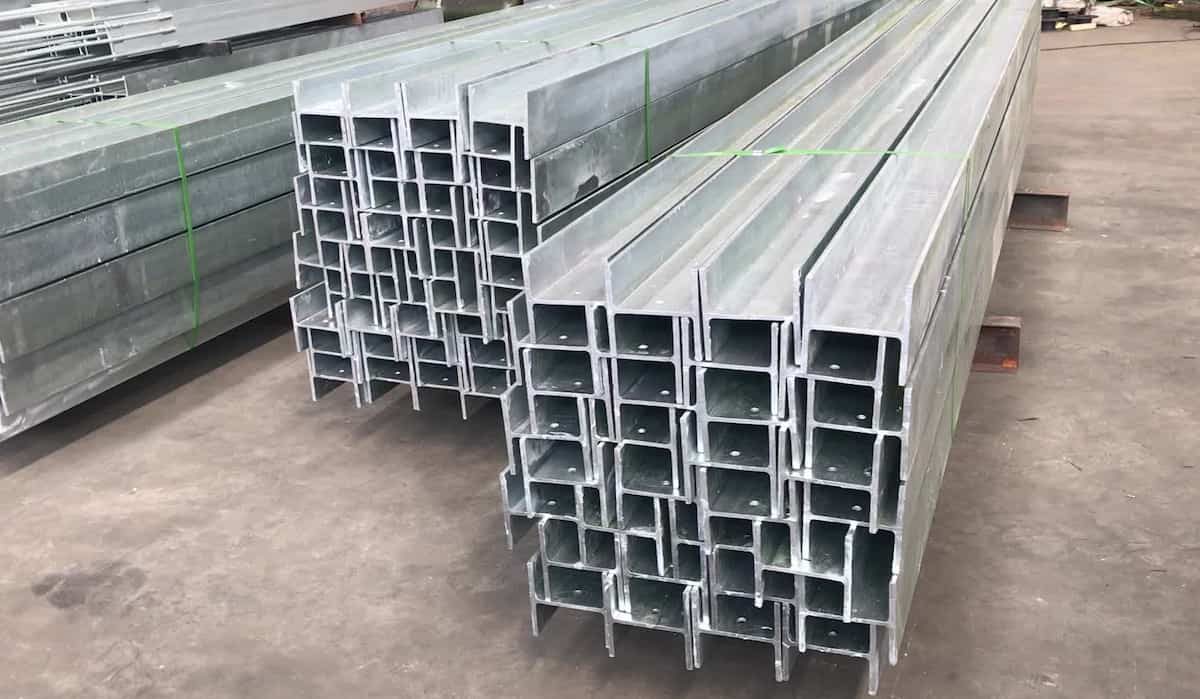
Steel manufacturing process
In the process of steel manufacturing, many different products are produced and beams and bars are the main goods used in the construction industry
Beam production may seem like a relatively simple process, but any available beam requires a lot of research, experience, and effort
The border between low-quality steel beams and, in principle, affordable steel beams is very small, and it is a very difficult task to ensure the quality of the beams
The hot rolling method is commonly used to produce iron beams
In this method, ingots are poured and melted in special furnaces, and then a rolling process is performed on these materials
During rolling, rotating rolls are used to reduce the cross-section of the steel
Steel rolling is one of the most important processes in the production of steel products
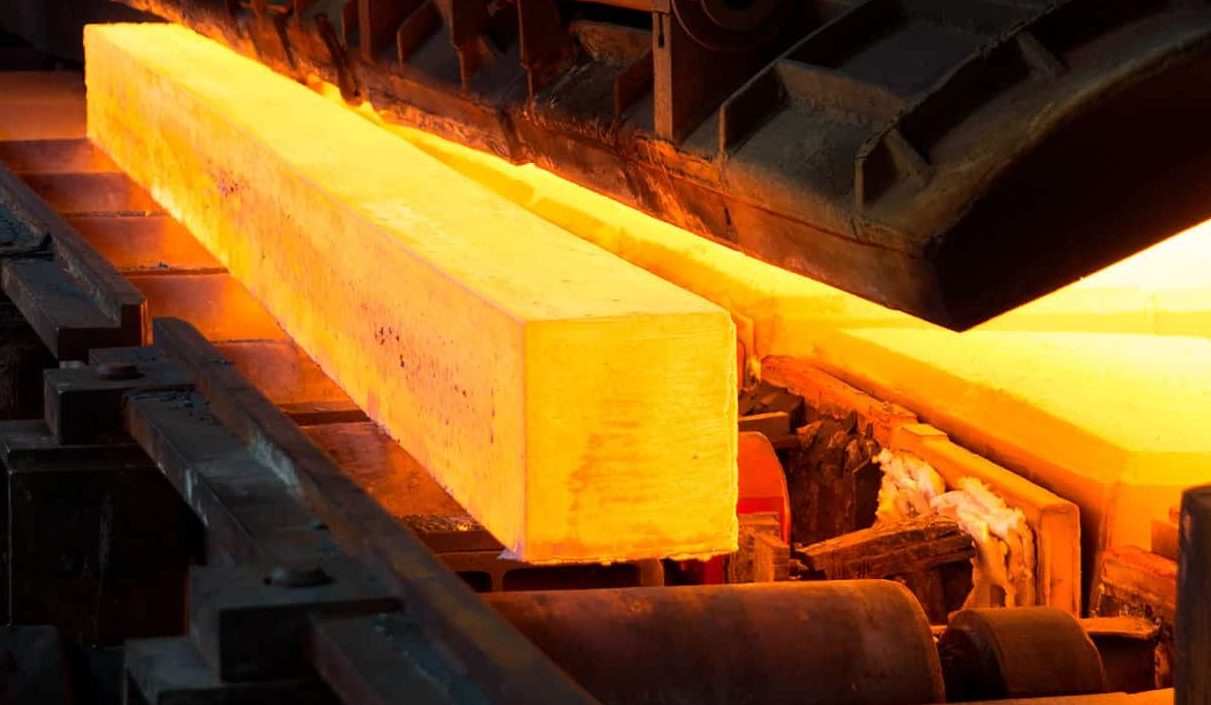
The blooming of the steel takes place in a hot rolling mill
Blooms, billets, and billets are processed into various products such as sheets, plates, strips, coils, billets, beams, rails, rebar, etc
After the rolling phase, the material is produced in beam form and cut as required
Radial cutting Metal fabricators must be able to interpret drawings and blueprints and use mechanical engineering software when cutting and shaping steel beams or any other type of steel product
It’s worth noting that anyone with just a few pieces of equipment can easily pass themselves off as a “metal fabricator”, causing huge problems with steel quality
Types of cutting methods in iron beams Currently, according to the prior art, beams can be cut in two ways: Cutting with the copal method (cold method): In this method, a device called a heavy-duty cutter is used
The machine is also equipped with a special cutter that cold cuts the beam along the line

Barnaul process (thermal) cutting: In this method, skilled workers cut iron beams with Barnaul tubes using an intense flame created by the combination of acetylene and oxygen
In general, it must be said that beams are one of the most important sections of steel in construction
The screen consists of two wings, perpendicular to the transom
Its cross-sectional shape is I or H, and its task is to resist the forces of shear and bending moments
Beams are widely used due to their high-speed installation and deployment, opportunities to develop structures, and ability to connect multiple components
Wooden beams were previously used as beams in construction, but now metal and concrete beams are used
The use of prefabricated beams increases the speed of execution and also reduces construction costs
It should be noted that straw roofs are more resistant to horizontal forces such as wind and earthquakes





